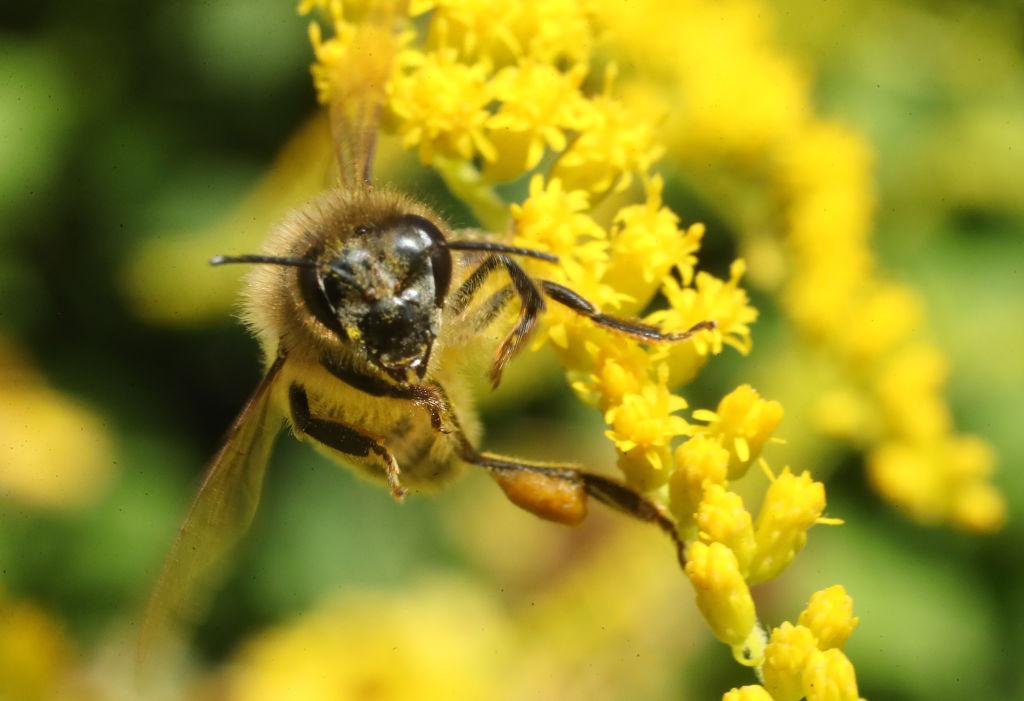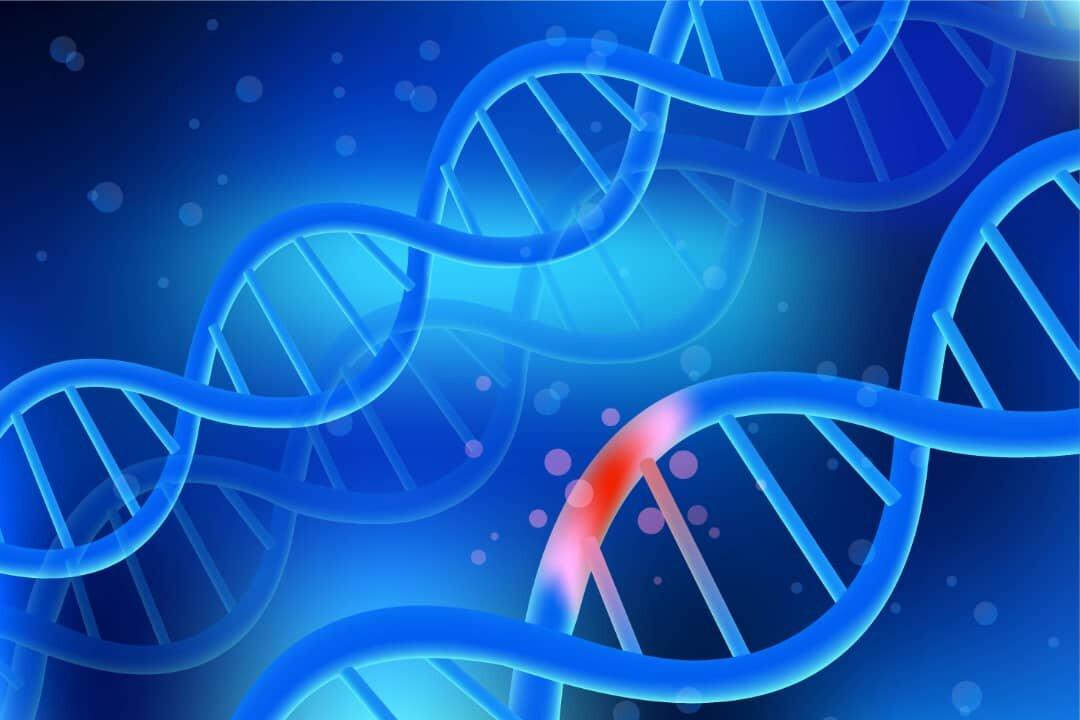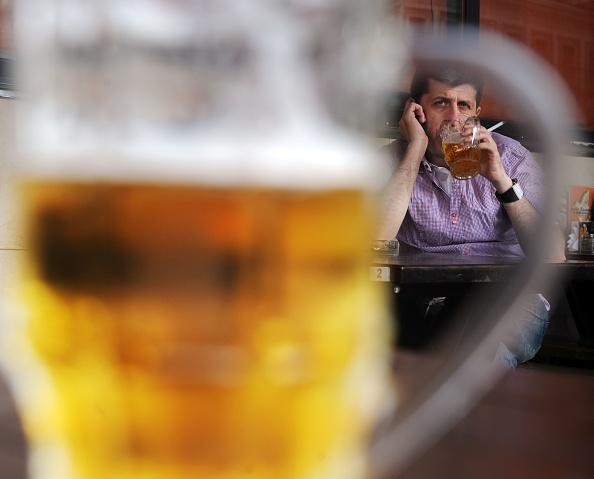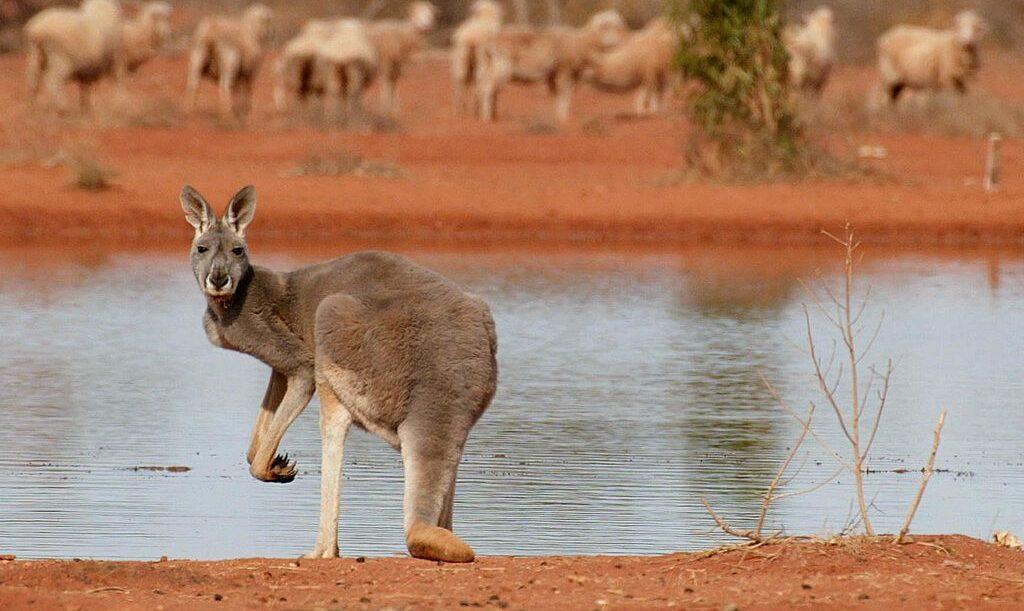Air pollution has a worse effect on insects than previously thought, negatively affecting their health and reproduction systems even in remote geographical areas, scientists have discovered.
The work, done in collaboration by the University of Melbourne (Australia), the University of California Davis (USA), and Beijing Forestry University (PRC), showed that due to the air pollution from industry, bushfires, transport, insects antennae becomes contaminated and this reduces their ability to locate food and mates.





